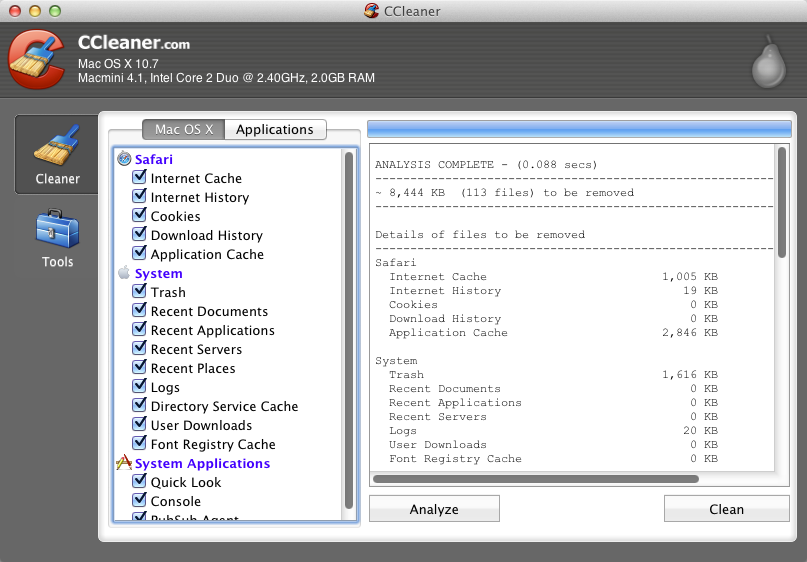

- #Gfxcardstatus for windows install
- #Gfxcardstatus for windows update
- #Gfxcardstatus for windows driver
The bug is reproducible with or without the update.GfxCardStatus 1.0 was announced on the MacRumors forums as a " public beta" in Spring 2010.
#Gfxcardstatus for windows update
August 17's Snow Leopard Graphics update changed some of the symptoms of this bug, but did not fix it or reduce it's severity. The real fix for this bug is up to Apple.
#Gfxcardstatus for windows driver
However you may wish to uninstall the DisplayLink driver and turn " Automatic graphics switching" on if you are expecting to need longer battery life (such as on a long flight) and are not using graphics-heavy applications. So turning " Automatic graphics switching" off is a good workaround for almost all use-cases. This means that if you use one of these workarounds, the MBP will consume about 11% more power than it would if you uninstalled the DisplayLink driver, unplugged anything from the MBP's MDP and turn " Automatic graphics switching" on. Most of the suggested workarounds above only prevent the MBP from switching to the lightweight GPU. Most software-screens have no hardware component.) (Only the DisplayLink software-screen has a hardware component.

OS X 10.6 has a bug which prevents software-screens and the lightweight GPU from working together, even when the software-screen's hardware component is physically disconnected. The USB DisplayLink device uses a " software-screen" - that means a screen which does not have hardware which the OS can interact with about directly. However, the GPU switching in itself however is not the issue.

The i5 and i7 MBPs ship with and use both heavyweight and lightweight GPUs (in i5 and i7 MBPs, these are " NVIDIA GeForce GT 330M" and " Intel HD Graphics" respectively), and OS X 10.6 is able to seamlessly switch between them to save energy and extend battery life when processing power is not needed. This lightweight GPU consumes a lot less energy than the seperate " heavyweight" (high performance, power hungry) GPUs which were traditionally the only GPU in high-end MBPs. These CPUs have a " lightweight" (low performance, low power usage) graphics processor unit (GPU) built into them. The issue is related to features in OS X 10.6 and Intel's i3, i5 and i7 processors (CPUs).
#Gfxcardstatus for windows install


 0 kommentar(er)
0 kommentar(er)
